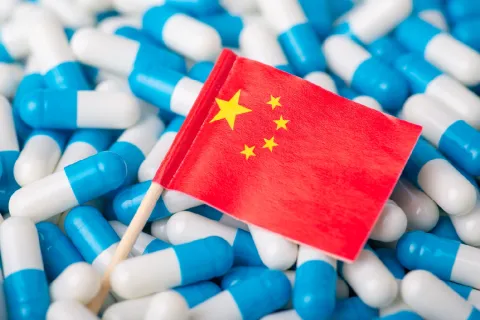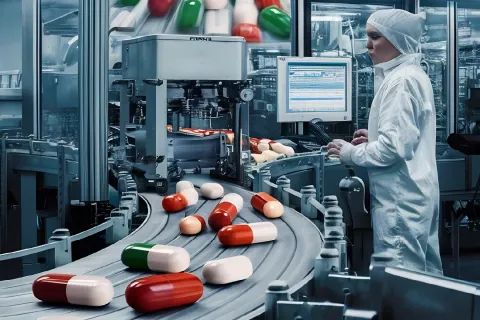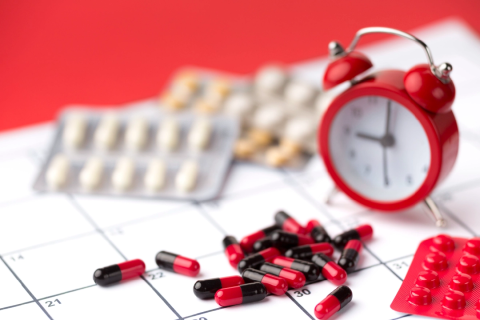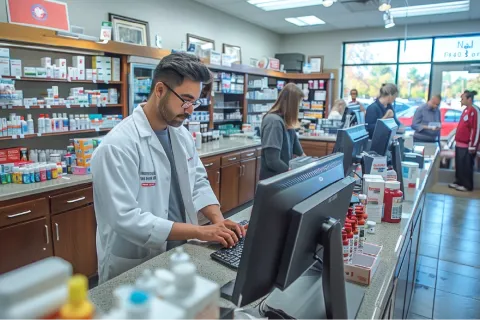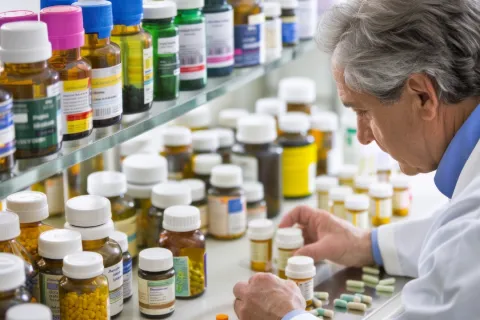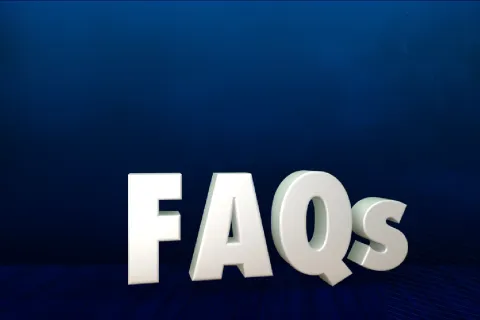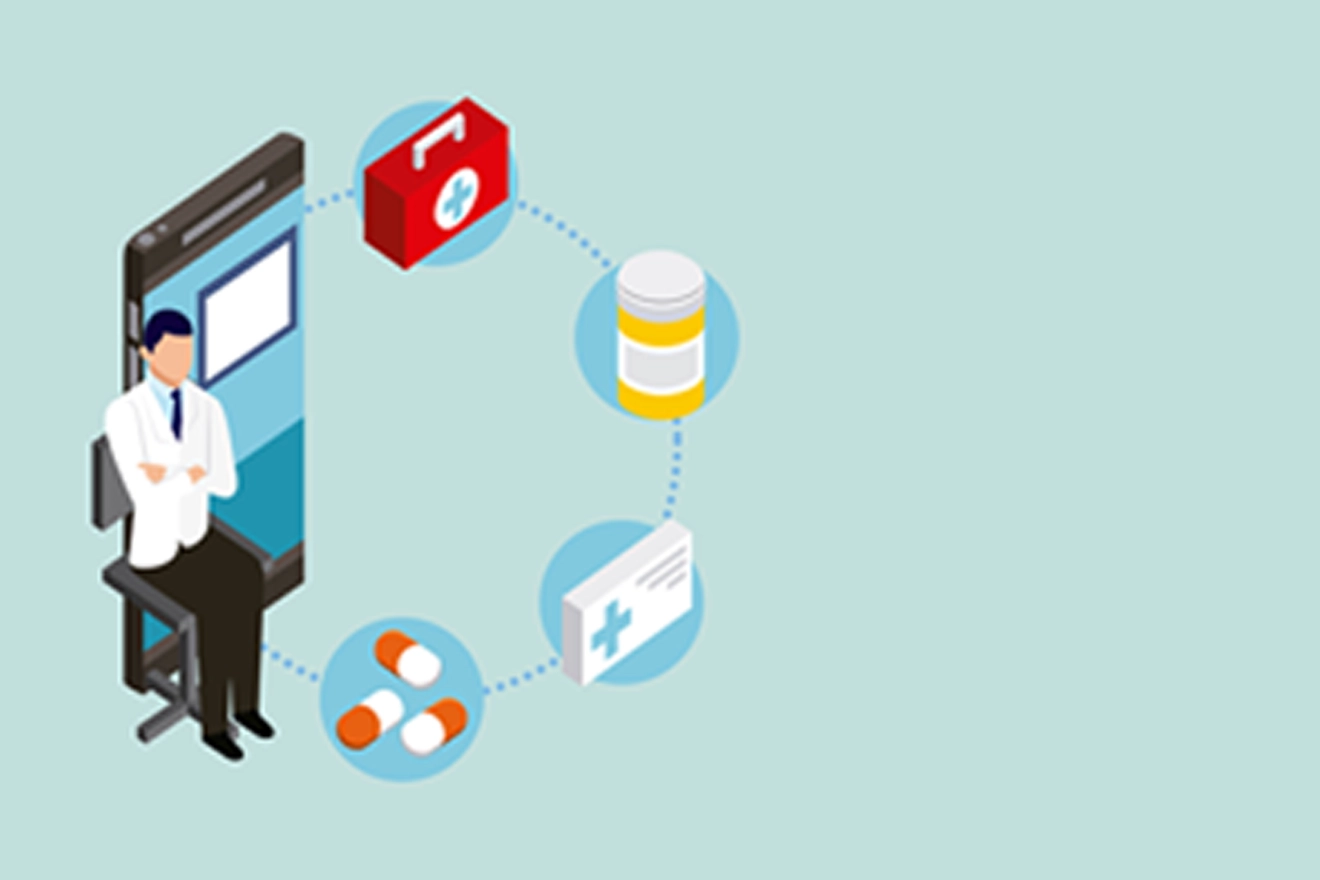
In the pharmaceutical industry, ensuring the safety and efficacy of drugs doesn't end with Regulatory approval. Post-market surveillance emerges as a pivotal phase in public health. This blog explores its critical role and the Regulatory compliance measures that pharmaceutical companies must adopt in the post-approval stage.
The Crucial Role of Post-market Surveillance
Post-market surveillance is the pharmaceutical industry's commitment to the continuous oversight of medicinal products once they reach the market. It extends the watchful eye beyond clinical trials, ensuring the real-world use aligns with predicted outcomes. While pre-market clinical trials provide essential data for Regulatory approval, they may not capture all potential risks or uncover rare adverse events. Post-market surveillance becomes crucial in identifying and addressing these issues as the products are used in diverse patient populations over an extended period.
Key Components of Post-market Surveillance
- Adverse Event Reporting: Pharmaceutical companies must monitor and report adverse events associated with their products. This includes any unexpected side effects, lack of efficacy, or other safety concerns. Global Regulatory bodies have established reporting systems to collect and analyze this information, facilitating quick response to emerging safety issues.
- Risk Management Plans: Developing comprehensive risk management plans is a proactive approach to address potential risks associated with a drug. These plans outline strategies to mitigate known and potential risks, ensuring that healthcare professionals and patients are well-informed about the product's safe use.
- Real-World Evidence (RWE): Utilizing real-world data is increasingly becoming the basis of post-market surveillance. RWE involves gathering information from sources such as electronic health records, insurance claims, and patient registries to complement data obtained from clinical trials. This provides a more comprehensive understanding of a drug's performance in diverse patient populations and real-world scenarios.
- Signal Detection and Analysis: Continuous monitoring for signals or patterns that may indicate new safety concerns is in post-market surveillance. Advanced data analytics and artificial intelligence play a growing role in identifying potential signals from large datasets, enabling quicker responses to emerging safety issues.
Ensuring Compliance with Regulatory Standards
- Good Pharmacovigilance Practices (GVP)
Adhering to GVP is essential for pharmaceutical companies to meet Regulatory requirements for post-market surveillance. This includes establishing robust pharmacovigilance systems, conducting regular safety assessments, and promptly reporting any identified risks to Regulatory authorities.
- Compliance with Reporting Timelines
Meeting the deadlines for adverse event reporting is vital. Failure to report in a timely manner may result in consequences, including Regulatory action and damage to a company's reputation. Establishing efficient reporting processes is vital for Regulatory compliance.
- Collaboration with Regulatory Authorities:
Establishing open lines of communication with relevant agencies fosters a collaborative approach to post-market surveillance. Proactive engagement allows companies to address concerns, share information, and work together to ensure the ongoing safety of pharmaceutical products.
Conclusion
Post-market surveillance and compliance are integral components of the pharmaceutical industry's commitment to patient safety. By embracing advanced technologies, fostering collaboration with Regulatory bodies, and implementing robust risk management strategies, companies can contribute to the continuous improvement of drug safety and efficacy in the real world.
If you are looking for support in your post-market surveillance approach/activities, contact our experts. Freyr has over a decade’s experience in offering end-to-end compliance services to global pharmaceutical companies.

